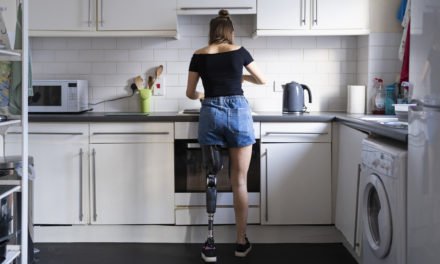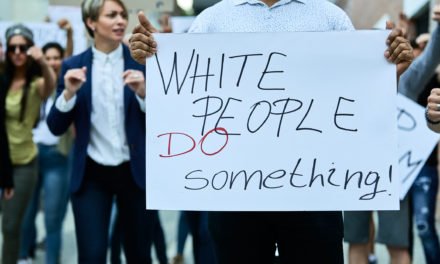
Gender. It’s as simple as man and woman… or is it? Our whole world is set up in such a manner that we unconsciously, and sometimes consciously, adhere to a binary system that assumes there are only two genders. This binary seeps into everyday life from sports to bathrooms. What does it mean to not fit the standard mold of a man or woman?
Gender. It’s as simple as man and woman… or is it? Share on XGenderqueer is defined by Merriam-Webster Dictionary as “relating to, or being a person whose gender identity cannot be categorized as solely male or female.” The concept of gender identity initially brings thoughts of a person’s genitalia; however, gender identity is much more varied and diverse than a simple dichotomy. For individuals identifying as genderqueer or gender non-conforming, gender expressions occur on a spectrum made up of stereotypical presentations of man or woman. While this concept is gaining increasing attention, less is known about everyday experiences of genderqueer or gender non-conforming individuals as they exist in a world that values traditional gender dichotomies of man and woman.
Recently the issue of gender identity was thrust into the national spotlight when North Carolina introduced House Bill 2, which included provisions on the bathrooms that individuals were allowed to use and made it legal for businesses to discriminate against the lesbian, gay, bisexual, transgender, and queer (LGBTQ+) community. The state saw enormous backlash, from canceled concerts to companies reconsidering the placement of their headquarters, causing both economic and social consequences. This legislation sparked a huge debate concerning the policing of gender, and we saw the fear that is evoked in individuals when forced to face ambiguity in the context of gender. This fear is also mirrored within individuals who identify as transgender or non-binary, as they now must fear legal repercussions if they are caught going into a bathroom that is different than their assigned birth sex.
I began pondering this concept after reflecting on my own identity and engaging in conversations with close friends. As a genderqueer identifying individual, I have felt this uneasiness whenever I am faced with using a gendered restroom or shared space. My gender identity and expression tend to blur the lines between masculine and feminine. Organizations and establishments are typically not set up for someone that identifies as genderqueer, thus each time I use a public restroom I am faced with the possibility that I may be putting myself in danger and inadvertently “outing” myself.
The uneasiness of using a public restroom in a workplace setting is alleviated with the availability of unisex or non-gendered restrooms. Understanding the institutional framework and societal norms that create a binary culture and how this personally affects individuals within this context is the first step in creating an open and accepting workplace. Being engaged as an active learner in new conversations within the diversity and inclusion framework ensures that we are meeting individuals where they are throughout their gender journey. We need to continue these conversations and continue to examine the binaries in our minds, in our societies, and the impacts of such binaries on individuals who do not identify within them.
We need to continue these conversations and continue to examine the binaries in our minds, in our societies, and the impacts of such binaries on individuals who do not identify within them. Share on X

















